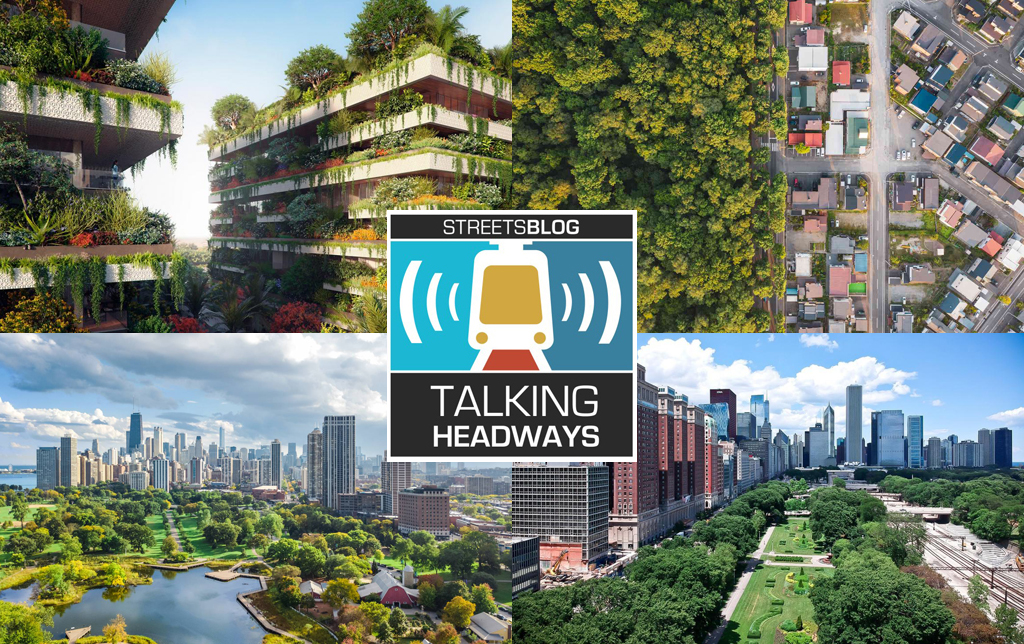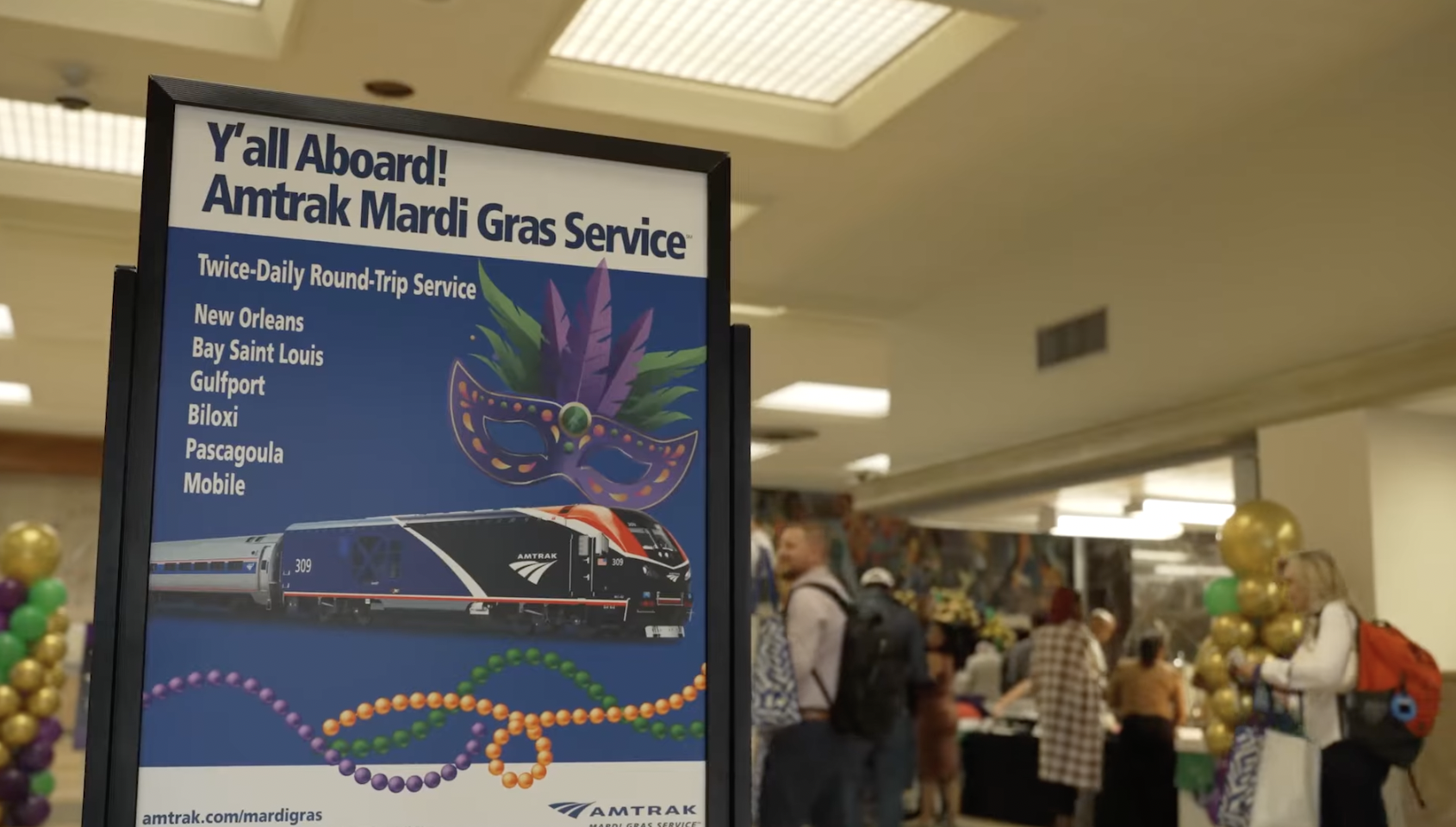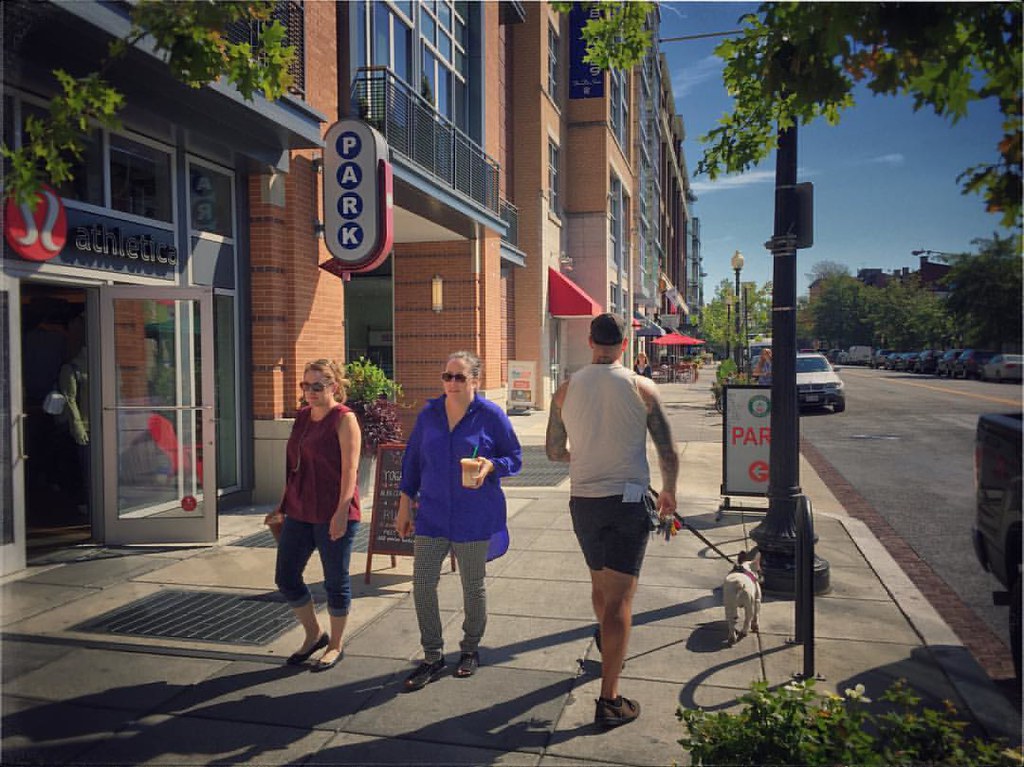This week, we’re joined by Ben Wilson to talk about his most recent book "Urban Jungle: The History and Future of Nature in the City." We chat about how plants took root in the rubble of wars and blank spaces and how cities could be more circular and sustainable.
If you like to read instead of listen, check out the full transcript here, or the edited transcript below the player.
Jeff Wood: The other question I have for you is, and I imagine that you’ve been talking and thinking about your book for a long time, obviously, but is there something in the book that you don’t get asked about that you wish you could talk about more?
Ben Wilson: That’s a really good question. I think one of the things that I found really interesting — and maybe it’s just a personal interest — is what happens on the edges of cities, as they grow, change, push out, and expand. And I found that kind of liminal zone, that kind of boundary between city and countryside, or city and wilderness, or city and whatever it happens to be, to be a really interesting place. I've found that urbanization — as cities push outwards from their dense centers and into the countryside — is a really interesting process. But maybe that's something that's personally interesting to me.
Jeff Wood: I think it’s really interesting, especially in light of what’s happening here in California where some insurance companies have recently decided not to insure houses because of the wildfires, right? We’re getting closer and closer to nature and forests on the edges, and the insurance companies are like, nope, we’re not going to support that. And so there’s that tension between the edges. Right? That’s really, really interesting.
Ben Wilson: Yeah. And what effect will that have that will stop you from getting mortgages, presumably?
Jeff Wood: Yeah, because if you can’t get insurance, the mortgage companies won’t allow you to get a mortgage, and so you either have to pay in cash to build a house and then hope that it doesn’t burn down, or the state is gonna have to pick up the slack in some form or fashion, and that’s a lot of money. So it’s super interesting.
Ben Wilson: And the same will happen to coasts, I would imagine, because coastal urbanism has been a huge, huge thing, and really consequential for an ecosystem we don’t talk about very much. The ecosystem is the source of a lot of life, and also very, very important for the interaction between land and sea and the global environment. But, you know, we like to push down to the coast. Whether it’s in Dubai, or Lagos, or Mumbai, we reclaim land from the sea, and surely, you know, the same effect will happen on that edge as well. That very important edge.
Jeff Wood: Especially as sea levels rise. And that’s another insurance thing, like you said, it’s Florida. Whether that’s going to backfill all the insurance that’s going to disappear or not, and what that’s going to do to the state budgets. There’s a stat in the book that I found really interesting as well, that two-thirds of Urban land will have been built since 2000 by 2030. And so, if you think about how much we will build in the future to get to that point of two-thirds, that’s a lot of building and that’s a lot of resource extraction. That’s a lot of edge city construction, and so I just thought that was really fascinating, and it’s a stat that I’ve heard before and in numerous different ways. People say we haven’t seen most of the things that have been built yet, but that is also scary to a certain extent to me.
Ben Wilson: Yeah. It’s really scary because a lot of where urbanization is happening is in biodiversity hotspots around the world, like Africa and Asia, places that are hugely important for the life of the planet and how we want to urbanize on those edges. We want urbanization to happen, so how the edge of the city interacts with the ecosystem is really, really important. And I think the cities have always done it quickly and without thinking. The expansion of any major city in Europe or the United States hasn’t been that concerned with the edges. It hasn’t been done in a very systematic, thought-through way.
And I think if the climate emergency is as dire as we think, then the battle will transfer to the edges of cities. It’s where wildfires happen, where flooding happens, so urbanizing on the edge is really, really important. And I think there’s a huge opportunity there as well to have a more dense form of urbanization that preserves patches and corridors of nature on their edges, which is surely a much better way of doing it. And those edges will be the ramparts of the city, ramparts that once defended cities against invading armies, will now become the ramparts that defend against natural disasters and emergencies. We would do really well to think much more intensely about the edge zone of the city, because it is really important. And if the market dynamics and future events have their say and turn out to be much more important than our conscious planning, which would probably be within the tradition of the history of cities confronting disaster — whether it be wars, recessions, diseases, pandemics, whatever it happens to be — and being shaped by them and responding to them as much as they have been by their successors. So that could be a future for our urbanizing planet.
But I think, whether you like it or not, whether you are kind of into this or not, the way that cities and nature interact will intrude more and more into our lives and our politics. We got away with it for a long time, but I think those days are over whether or not we want to think about it. It’ll be something that we have to confront, like the Dutch who live in their low-lying country but have learned to deal with the threat of nature, the threat of what badly managed urbanization can do, and they’ve done it in an innovative and very necessary kind of way,






